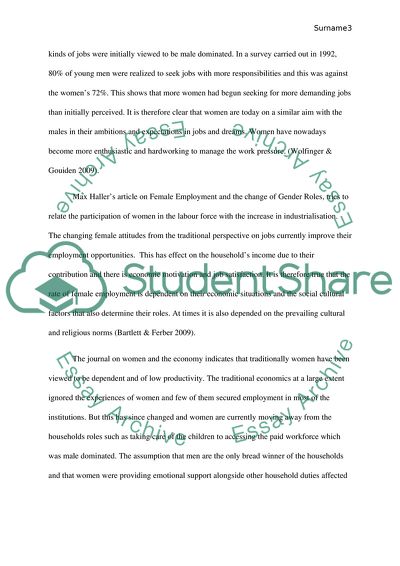Cite this document
(Changing roles in household Essay Example | Topics and Well Written Essays - 1250 words, n.d.)
Changing roles in household Essay Example | Topics and Well Written Essays - 1250 words. https://studentshare.org/social-science/1821905-changing-roles-in-household
Changing roles in household Essay Example | Topics and Well Written Essays - 1250 words. https://studentshare.org/social-science/1821905-changing-roles-in-household
(Changing Roles in Household Essay Example | Topics and Well Written Essays - 1250 Words)
Changing Roles in Household Essay Example | Topics and Well Written Essays - 1250 Words. https://studentshare.org/social-science/1821905-changing-roles-in-household.
Changing Roles in Household Essay Example | Topics and Well Written Essays - 1250 Words. https://studentshare.org/social-science/1821905-changing-roles-in-household.
“Changing Roles in Household Essay Example | Topics and Well Written Essays - 1250 Words”. https://studentshare.org/social-science/1821905-changing-roles-in-household.


